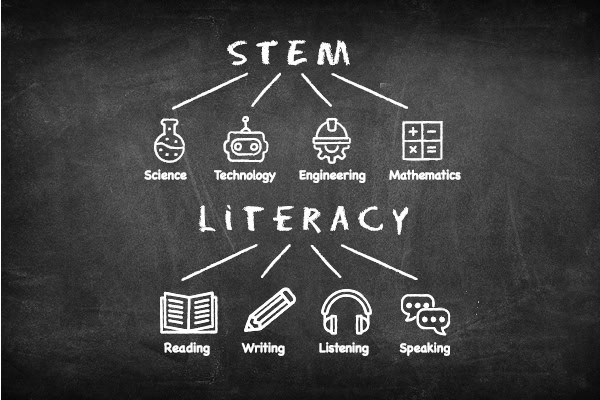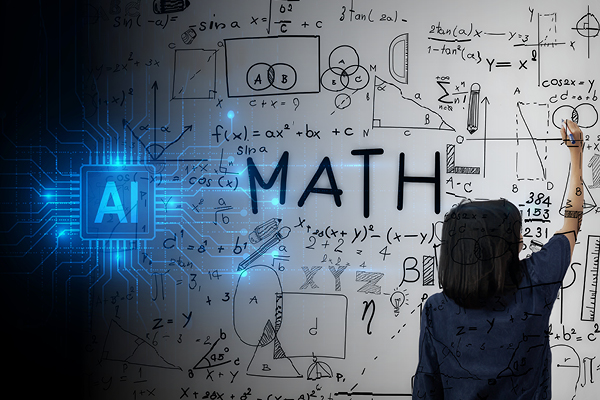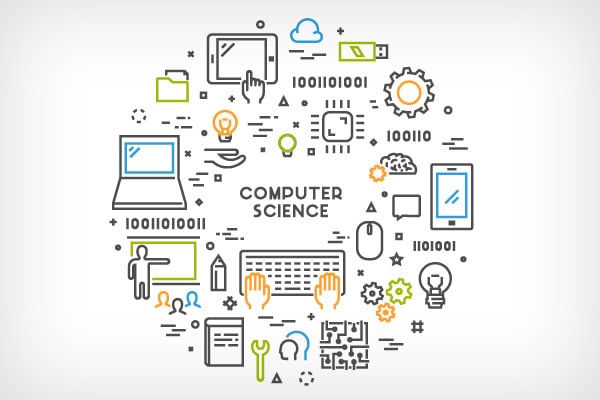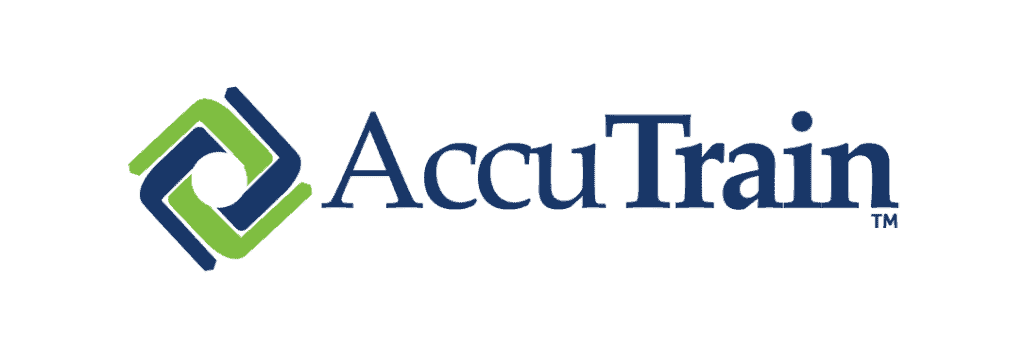“I’ve witnessed firsthand how STEM education and literacy can work together to create powerful learning experiences,” writes Wendy W. Amato, the chief academic officer for K12 Coalition—Teaching Channel and former middle school math teacher, in an article in eSchool News. She has collaborated with Kathy Renfrew, once a self-proclaimed “science-phobic” classroom teacher who is now a renowned STEM educator and leader.
“I’ve observed that many elementary teachers, like Kathy, are curious about how to teach STEM–but with the strong emphasis on ELA in early education, they need engaging resources that bridge the gap between science instruction and literacy development,” Amato writes.
“Kathy has numerous guiding principles when she’s designing units. She always starts with the standards, while at the same time remembering that she’s teaching children, not the curriculum. This means that she adjusts her curriculum to meet the needs of the kids she’s teaching. She says it’s not always true, but often ‘what’s good for struggling learners is good for most of the kids in my classroom.’
“Not all teachers have the time to design their own units and may need a variety of resources to help them bring STEM to their elementary classrooms. Just as effective teachers meet students where they are, the most helpful schools provide teachers the inspiration or guidance they need through professional learning opportunities.
“Kathy recommends that, when adopting high-quality instructional materials, teachers think about how they can implement the instruction while taking student interest and identity into account. They may choose to start small by adapting small pieces of a unit, rather than following it ‘as is,’ therefore making it more meaningful for the students. It is critical that teachers make the unit their own so that they feel excited about implementing it in their classrooms
“To incorporate literacy skills such as reading, writing, speaking, and listening into any STEM lesson a teacher chooses, Kathy recommends frequent interactive read-alouds. She also has every student write in a science notebook. The notebooks help students build coherence, teach them writing skills, and empower them to assess their own learning. It also makes students’ thinking visible, a practice Kathy also supports by using a ‘KLEWS chart’ made up of students’ observations written on a notecards and posted on the wall for everyone to see and use throughout the unit. KLEWS is an acronym based on these questions:
- What do we think we Know?
- What are we Learning?
- What is our Evidence?
- What are we still Wondering?
- What Scientific words, principles, and connected phenomena have we learned?
“Kathy also reminds educators that practices like a ‘word wall’ that are often isolated to ELA lessons are also great supports for a STEM lesson and can help normalize interdisciplinary learning.
“Connecting STEM to literacy begins with presenting students with reading that inspires them, makes them want to understand something, and drives them to ask questions. When students become curious, science starts to happen,” writes Amato.
eSchool News





